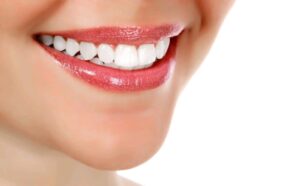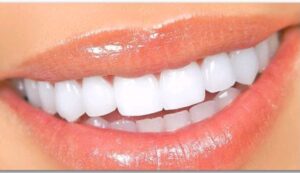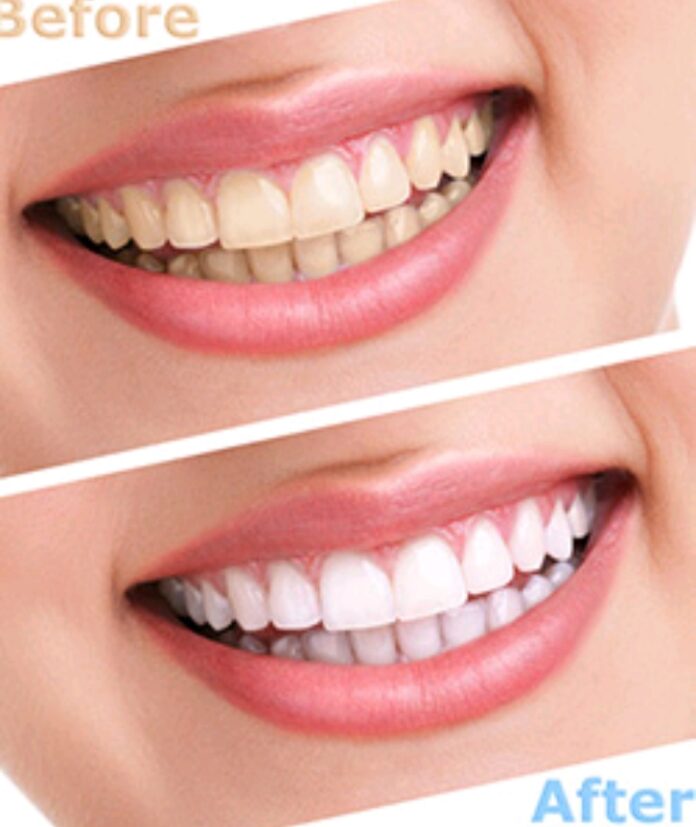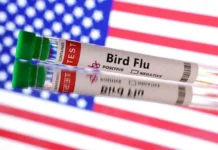Many people seek a brighter smile, but it’s important to use safe whitening methods. Here’s a look at different options.
Over-the-Counter Products
Whitening Toothpaste and Strips:
– Toothpaste contains gentle abrasives and hydrogen peroxide to remove surface stains but may cause sensitivity.
– Strips have a peroxide coating for easy use but can irritate gums if not used correctly.
Pros:
– Convenient and affordable.
– Widely available.
Cons:
– Results may be subtle.
– Risk of sensitivity and irritation.

Professional Treatments
In-Office Whitening:
– Laser Whitening uses a bleaching agent activated by a laser for quick results.
– Custom-Fit Trays hold whitening gel and fit your teeth perfectly.
Pros:
– More effective and long-lasting.
– Supervised by a professional.
Cons:
– More expensive.
– Possible temporary sensitivity.

Natural Remedies
Baking Soda and Hydrogen Peroxide:
– Baking soda removes stains but can damage enamel if overused.
– Hydrogen peroxide whitens teeth but can cause sensitivity with frequent use.
Activated Charcoal and Oil Pulling:
– Charcoal is abrasive and lacks strong scientific support.
– Oil pulling has minimal whitening effects.
Pros:
– Inexpensive and natural.
Cons:
– Limited proof of effectiveness.
– Risk of enamel damage.
Safe Practices
1. Consult a Dentist before starting any whitening method.
2. Follow usage guidelines.
3. Stop if you experience sensitivity or irritation.
Consider these options and consult your dentist to choose the best whitening method for you.




